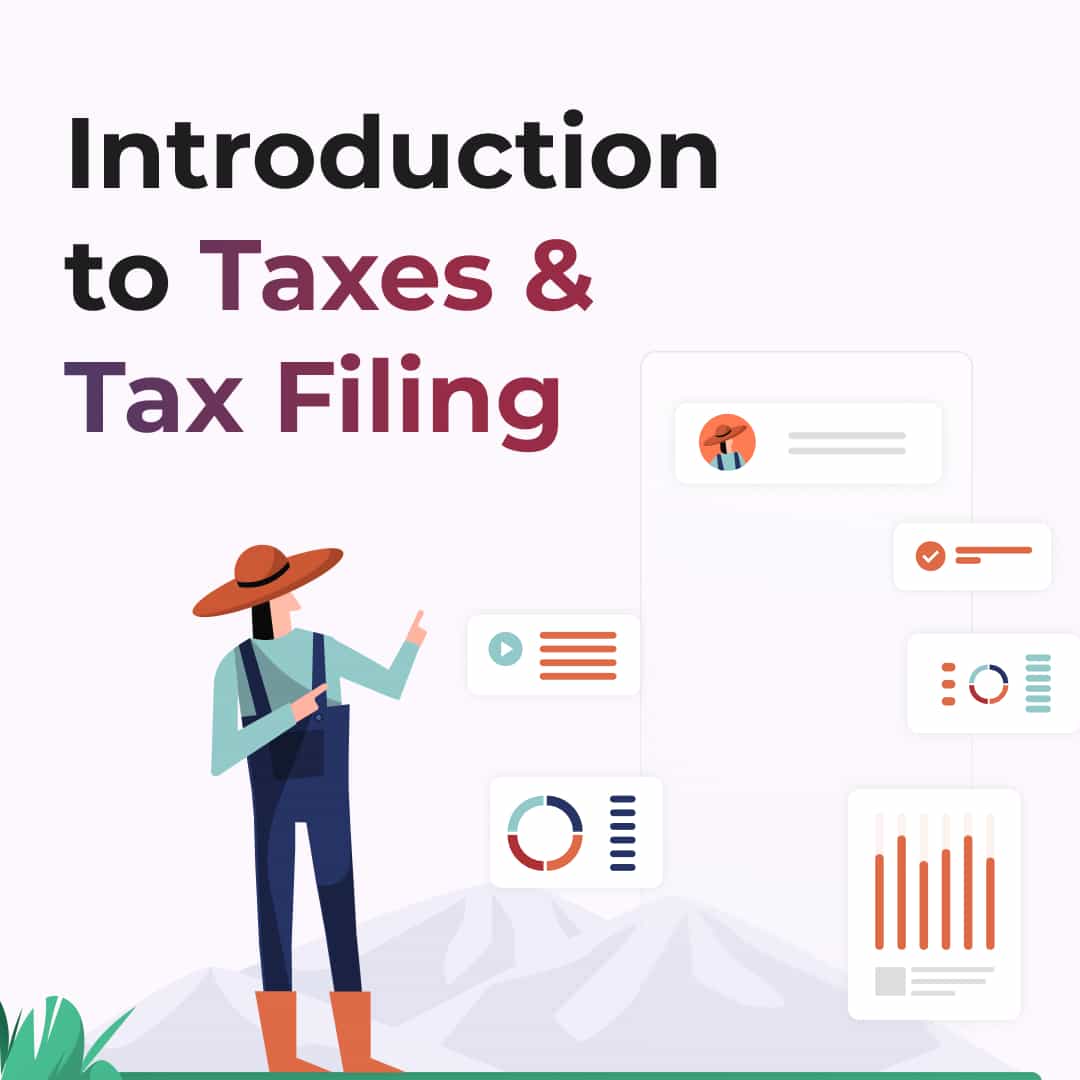In school, most of us dreaded mathematics, yet had no choice but to write the exam. Similarly, understanding taxes and tax filing may feel like an intimidating task, but it cannot be avoided.
When you don’t prepare well for the exam, the worst case would be scoring less or even failing. With tax filing, this last-minute approach won’t work. The consequence is paying tax penalties.
Despite what most people might say, cramming the entire syllabus one night before the exam never got us great results. We don’t want you all to file your taxes one day before the last date!
Learning about taxes is an important part of your financial growth. It is crucial to know both – how to pay taxes and how to file tax returns.
With the help of our Vittae Financial Experts, we’ve broken down taxation into simple chunks that make it easy to both understand and apply in your life. We’re going to learn what are taxes, why we pay taxes, when to file taxes, and an overview of how to file taxes.
What are Taxes?
Taxes are the charges collected by the government on the income of individuals, businesses, and other entities. Taxes are important for the government to fund various public services, including healthcare, education, transportation, and infrastructure development.
In India, taxes are collected by the Central Board of Direct Taxes (CBDT) and the Central Board of Indirect Taxes and Customs (CBIC).
The CBDT is responsible for collecting direct taxes, which include income tax, corporate tax, and wealth tax. The CBIC collects indirect taxes, which include goods and services tax (GST), customs duty, and excise duty.
Who Needs to Pay Taxes?
In India, all individuals including salaried employees, self-employed individuals, and business owners, are required to pay taxes if their incomes exceed specified brackets.
The income bracket varies, depending on the age and status of the taxpayer.
For example, for the financial year 2021-22
- Individuals under 60 years of age are required to pay taxes if their annual income exceeds ₹2.5 lakhs.
- Senior citizens (aged between 60 and 80 years) are required to pay taxes if their annual income exceeds ₹3 lakhs
- Super senior citizens (above 80 years of age) are required to pay taxes if their annual income exceeds ₹5 lakhs.
Apart from individuals, businesses, and other entities that earn income are also required to pay taxes.
The tax rate for businesses and other entities varies depending on the type of entity and the nature of the income earned.
As educated citizens, it is our responsibility to file taxes every year, and on time.
What is Tax Filing?
Tax filing is the process of reporting your income and taxes paid to the government. Tax Filing is to be done annually.
The financial year ends on March 31st. In India, the last date to file taxes is July 31st.
You must file your taxes for the financial year 2022-23 by 31st July 23. However, if you plan to make tax-saving investments, you must do so by 31st March to claim tax deductions.
Tax returns can be filed online or offline, and the process has become much simpler with the introduction of e-filing. To file tax returns, you first need to determine your taxable income.
What is Taxable Income?
Taxable income is the income that is subject to taxes. To calculate taxable income, you need to deduct all the allowable deductions from your total income.
Allowable deductions include expenses such as home loan interest, medical expenses, donations to charity, and investments in certain tax-saving instruments.
Calculation of Taxable Income
Sum of all Income = Gross Income
Gross Income – Deductions = Taxable Income
As you can see, the higher the deductions, the lower your taxable income will be. Once you have calculated your taxable income, you can use the income tax slabs to determine the tax payable.
What is Tax Slab?
In simple words, Tax Slab is an index with different tax rates that are applicable to different income ranges.
Like how a larger amount of investment gives you a bigger return, the tax rate also increases with an increase in the income of the taxpayer.
In India, the tax slab system ensures fair taxation.
The tax slabs are based on your annual income and range from a minimum of 0% to a maximum of 30%.
The following are the varying tax slabs and tax rates of the Old Tax Regime and the New Tax Regime.
| SLAB (₹) | Old Tax Regime | New Tax Regime |
| 0 – 2.5 lakh | Exempt | Exempt |
| 2.5 – 5 lakh | 5%1 | 5% |
| 5 – 7.5 lakh | 20% | 10% |
| 7.5 – 10 lakh | 20% | 15% |
| 10 – 12.5 lakh | 30% | 20% |
| 12.5 – 15 lakh | 30% | 25% |
| Above 15 lakh | 30% | 30% |
How to File Taxes?
To file your tax returns, you need to fill out Form 16 and submit it to the Income Tax Department. Form 16 is a statement that shows the amount of tax deducted by your employer from your salary. At times, you might have additional sources of income such as rent. In that case, you need to fill out additional forms such as Form 26AS and Form 16A.
Apart from these forms, you will also need to submit other documents such as your PAN card, bank statements, and investment statements. It is important to ensure that all the information provided in the forms and documents is accurate and up-to-date.
What is ITR?
Income Tax Return (ITR) is a document that taxpayers file with the income tax department, declaring their income and tax liability for a specific financial year. This information is used to calculate the taxes payable and determine whether any refunds are due.
How to file ITR?
Filing an ITR is a straightforward process. Here’s a step-by-step guide:
Step 1
Gather your financial documents such as salary slips, bank statements, and investment proof.
Step 2
Visit the income tax department’s website or a trusted tax filing website and register yourself as a taxpayer.
Step 3
Choose the relevant ITR form, based on your income source and category.
Step 4
Fill in the required details such as personal information, income, and tax payable. Ensure that all the information is accurate and up-to-date.
Step 5
Verify and submit the ITR form. You can do this electronically using your Aadhaar number, net banking, or a physical verification code.
Benefits of Filing Tax Returns
Filing tax returns not only helps you avoid legal issues and penalties, but it also offers several other benefits. Some of the benefits of filing tax returns are:
Claiming Refunds
If you have paid excess taxes, you can claim a refund by filing your tax returns.
Easy Access to Loans
Banks and other financial institutions require tax returns as proof
Why do we not file taxes on time?
There could be various reasons why people may not file their taxes on time. Some of the common causes are below:
Procrastination
Many people tend to put off filing their taxes until the last minute, which can result in delays and errors in filing.
Lack of awareness
Some people may not be aware of the deadlines for filing taxes or the consequences of not filing on time.
Financial difficulties
If a person is facing financial difficulties or is unable to pay their taxes, they may delay filing their taxes.
Complexity of the tax system
The tax system can be quite complex, and some people may find it difficult to understand or navigate the process of filing taxes.
Fear of audits or penalties
Some people may be afraid of being audited or facing penalties for filing taxes late, which can cause them to delay filing.
Regardless of the reason, it is important to file taxes on time to avoid penalties and other consequences. It is always a good idea to seek professional help if you are unsure about the tax filing process or have any questions or concerns. At Vittae, we’ll help file your taxes for FREE.
Let’s see how a Tax Report can help you:
Apart from filing your ITR, it is essential to keep track of your tax profile. This is where a Tax Report comes in handy.
A Tax Report is a comprehensive document that provides a detailed overview of your tax status, including your tax liability, exemptions, and deductions. It can also help you identify areas where you can save taxes and optimize your finances.
Below is a sample of Vittae Tax Report:
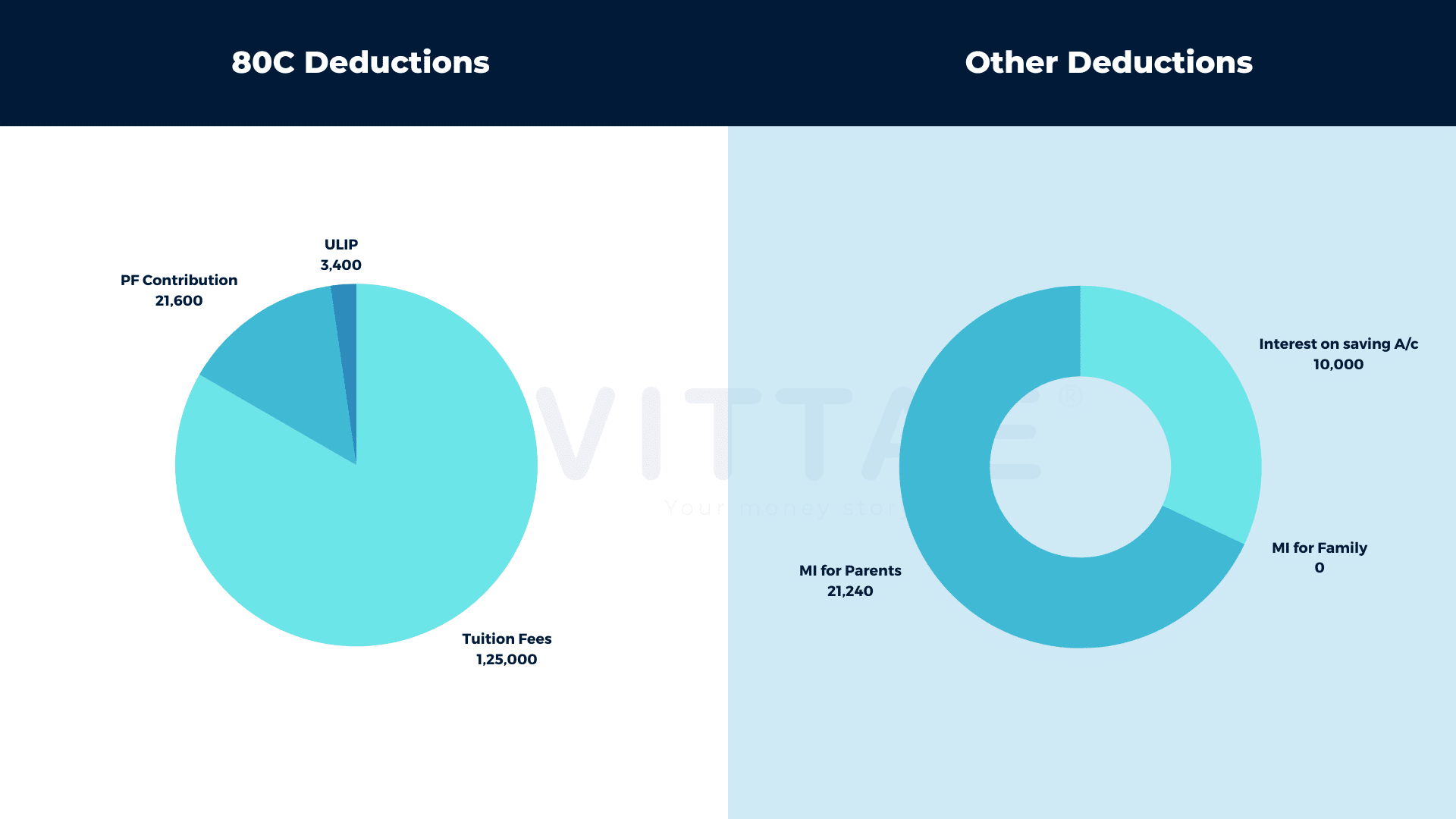
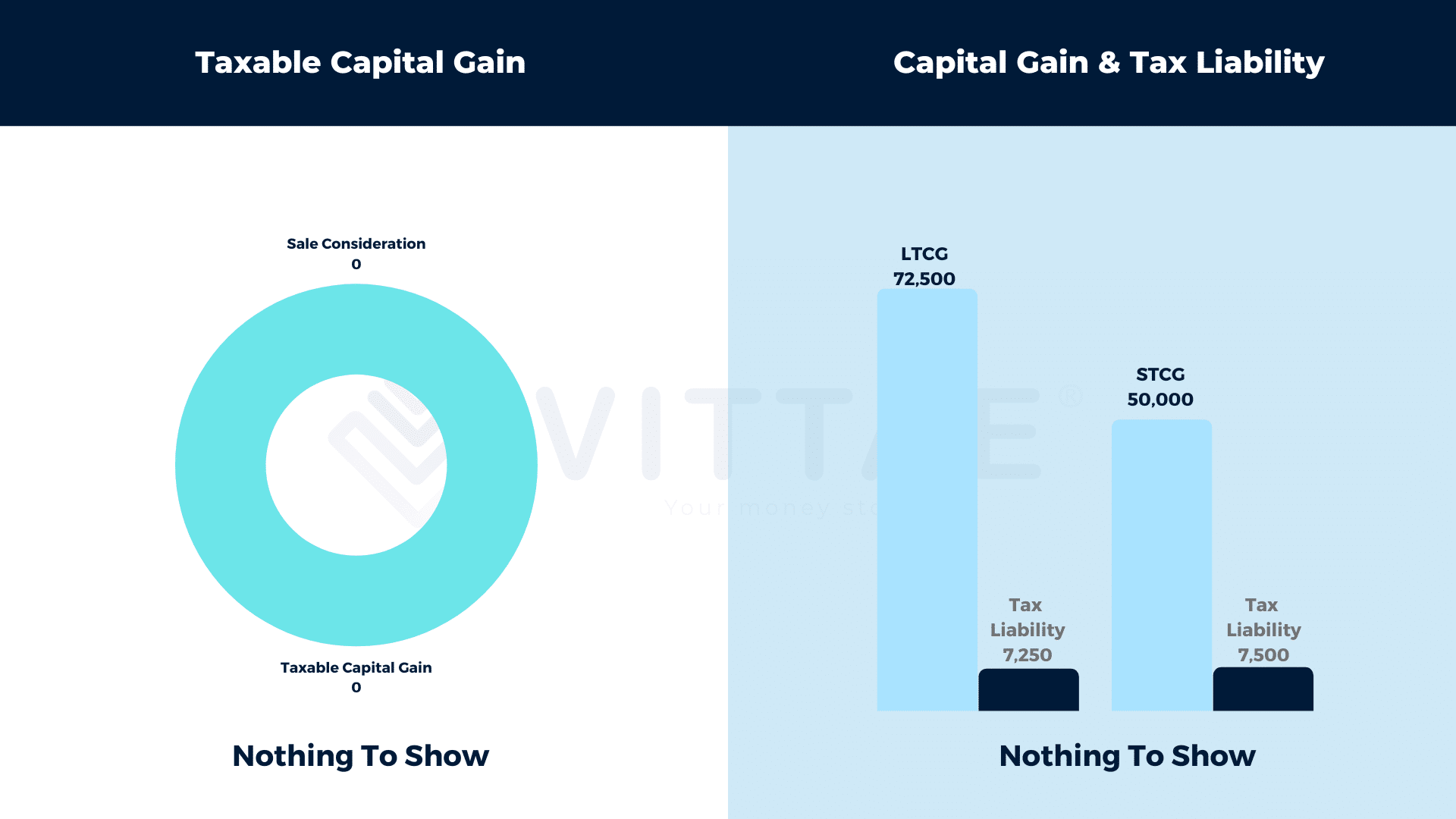
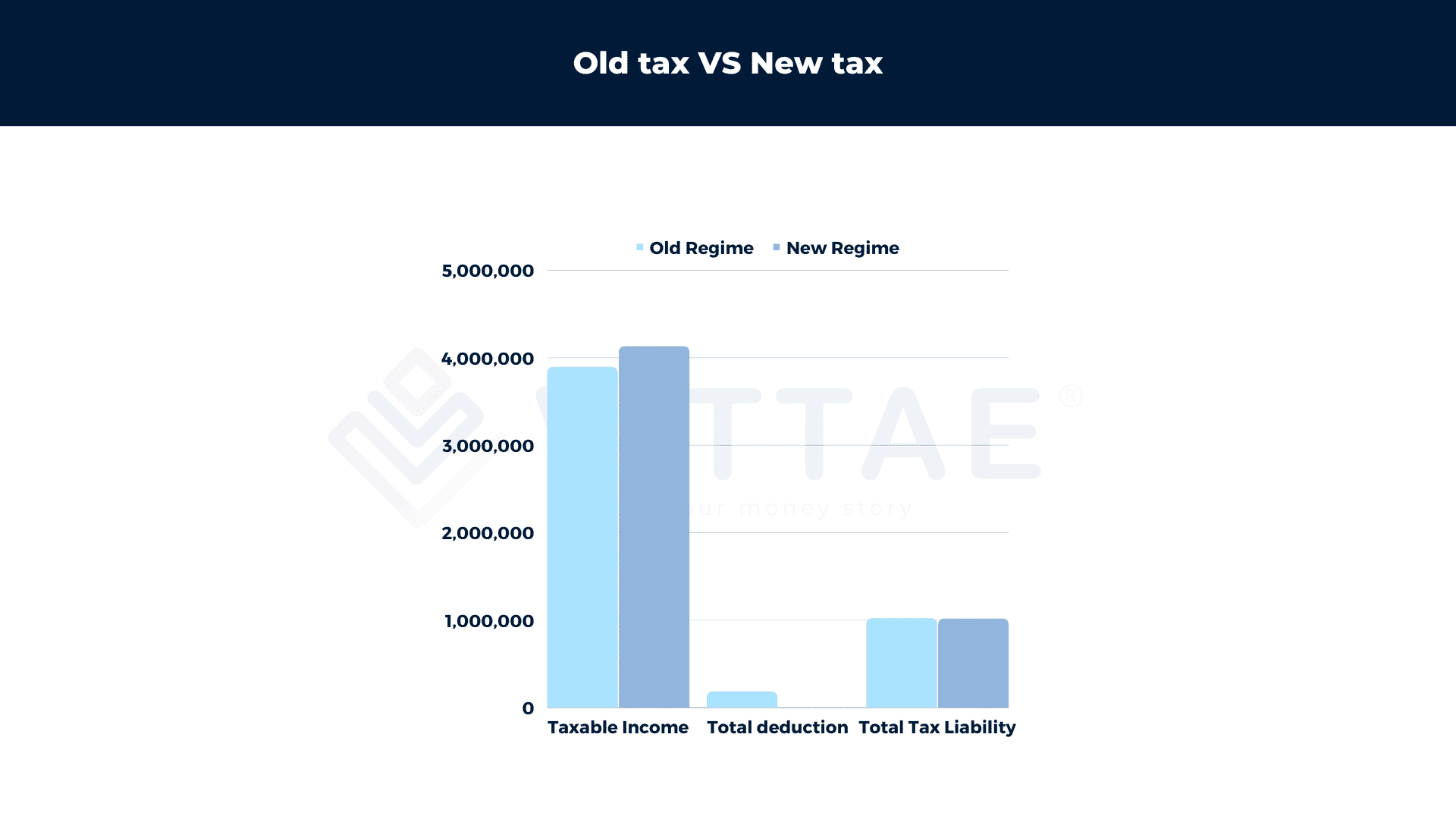
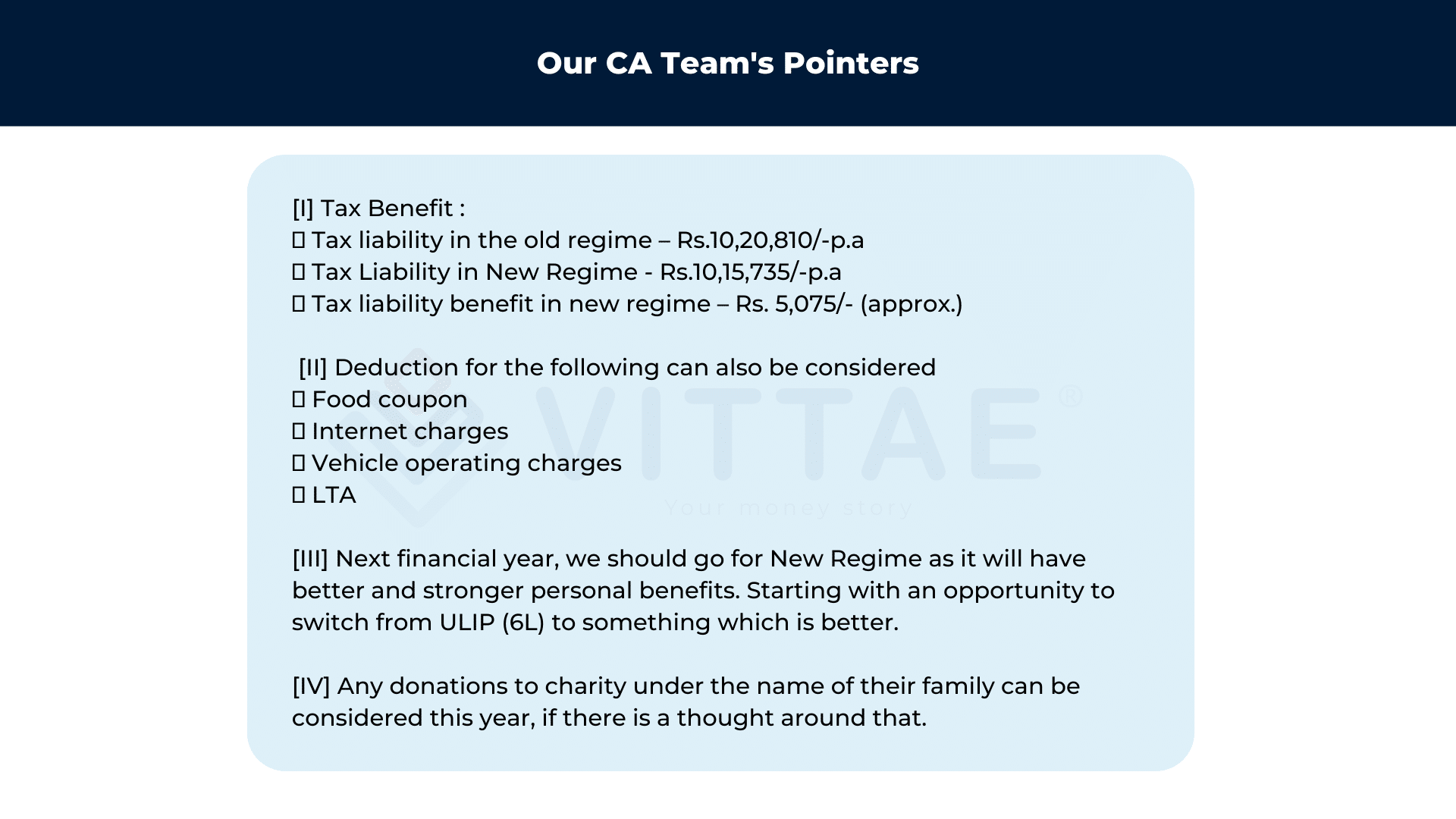
Benefits of a Tax Report
• Identifying potential tax-saving opportunities
• Ensuring abidance with tax laws and regulations
• Avoiding penalties and interest charges
• Providing a clear picture of your financial position
• Streamlining your tax-related paperwork
Download Vittae App Now
Now that you understand the basics of taxes and tax filing, this year, don’t wait till the last minute to do your tax filing. Mathematics in school sure was all numbers, but taxes are all about numbers and money.
We want to remind you of the importance of Tax Planning before you jump ahead to do the filing. It is an effective process that’ll help you save money when filing ITR and manage your spending throughout the year.
Remember, there’s no need to be scared or intimidated by the process. With a little bit of knowledge and preparation, we can help you tackle tax season like a pro.
